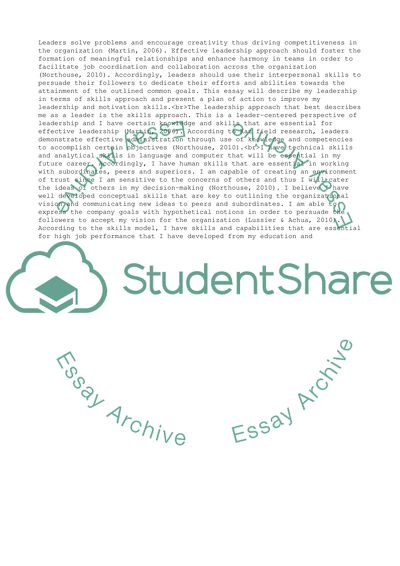Cite this document
(“My Leadership Philosophy Assignment Example | Topics and Well Written Essays - 1500 words”, n.d.)
My Leadership Philosophy Assignment Example | Topics and Well Written Essays - 1500 words. Retrieved from https://studentshare.org/management/1673118-my-leadership-philosophy
My Leadership Philosophy Assignment Example | Topics and Well Written Essays - 1500 words. Retrieved from https://studentshare.org/management/1673118-my-leadership-philosophy
(My Leadership Philosophy Assignment Example | Topics and Well Written Essays - 1500 Words)
My Leadership Philosophy Assignment Example | Topics and Well Written Essays - 1500 Words. https://studentshare.org/management/1673118-my-leadership-philosophy.
My Leadership Philosophy Assignment Example | Topics and Well Written Essays - 1500 Words. https://studentshare.org/management/1673118-my-leadership-philosophy.
“My Leadership Philosophy Assignment Example | Topics and Well Written Essays - 1500 Words”, n.d. https://studentshare.org/management/1673118-my-leadership-philosophy.


